On Day 2 of our trip to Mississippi, we decided to spend the bulk of the day exploring the Civil War battlefield in Vicksburg. It was a little chilly and drizzly and rainy all day, and the grey day seemed fitting, given the horrible bloodshed and tragedy that happened there during mid-May through early July in 1863.
When you first drive into the national park – (which is mammoth, by the way) – you see mounds of dirt that still remain, despite the rain and erosion for decades, that were used as cover for the soldiers. You also see many cannons, large and small. And monuments. Lots and lots of monuments.
Despite the park being incredibly large and extremely hilly, it’s easy to see the entire, very large park – as shown below, as there is a good one-lane road that winds throughout. We stopped frequently of course, to take in the ambiance of the place, to say ‘hello’ to the souls that still live there, and of course, to photograph these images.
The Illinois State Memorial is one of the most impressive monuments at Vicksburg, in terms of size and architecture.
I deliberately shot this image out of focus and in the rain, trying to capture the forlorn feeling of the place.
The rain reminded us both that the soldiers fought their battles in all kinds of weather. It is no surprise that more soldiers died of disease than wounds from battle.
The USS Cairo gunboat and museum are also within the park. Fortunately, it was all under cover because it was pouring rain by then.
This massive hunk of metal and wood was sunk on December 12, 1862. Many decades later — in the 1960’s and 70’s –the gunboat was cut into 3 pieces, raised from the water and silt at the bottom of the Mississippi River, and cleaned and restored.
Much of the original wood can still be seen, but much as been replaced to give structural stability.
As we were departing, I shot a few photos of some of the handiwork on the museum’s grounds.
Fortunately, the rain let up and we were able to explore the acres of cemeteries.
The little squirrel above reminded me of a quote I love which says that life goes on.
I took this macro shot of some leaves that were lying beside the road. It’s yet another example that decay can be beautiful.
We again got in our car and rounded a few more curves and there it was: this cannon with a view of the mighty Mississippi.
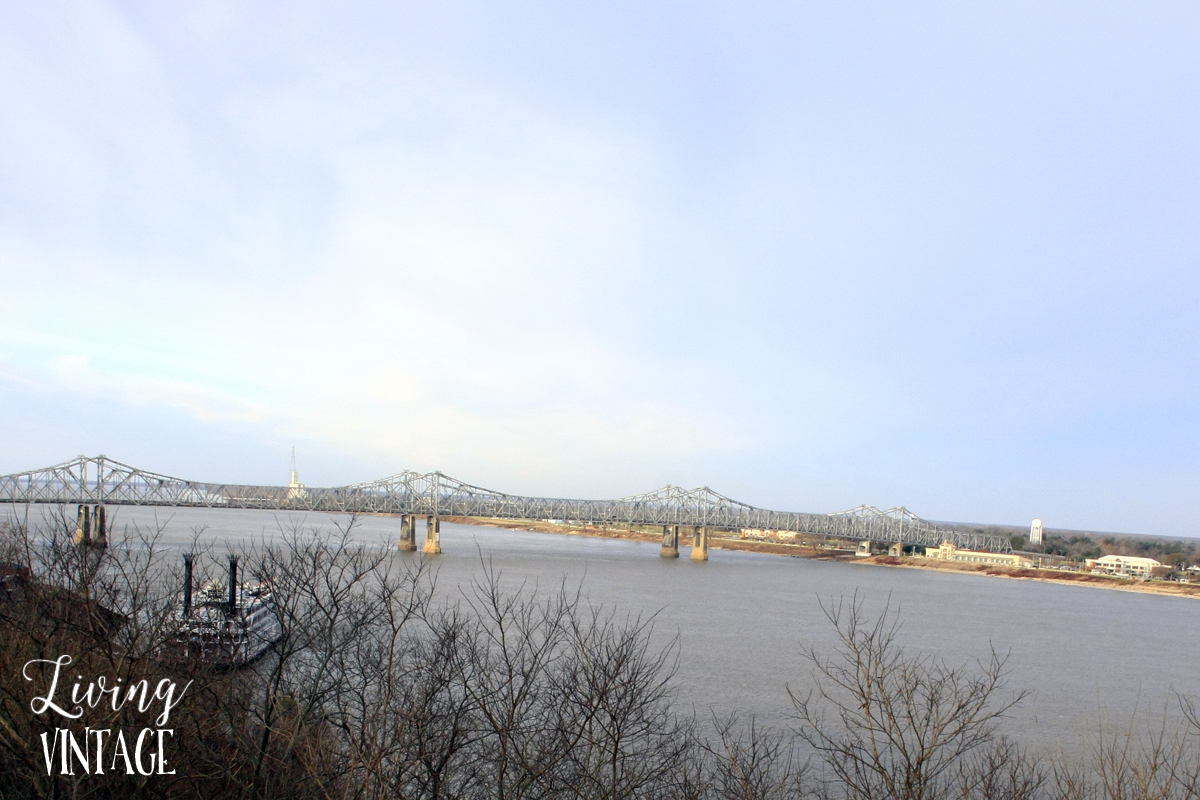
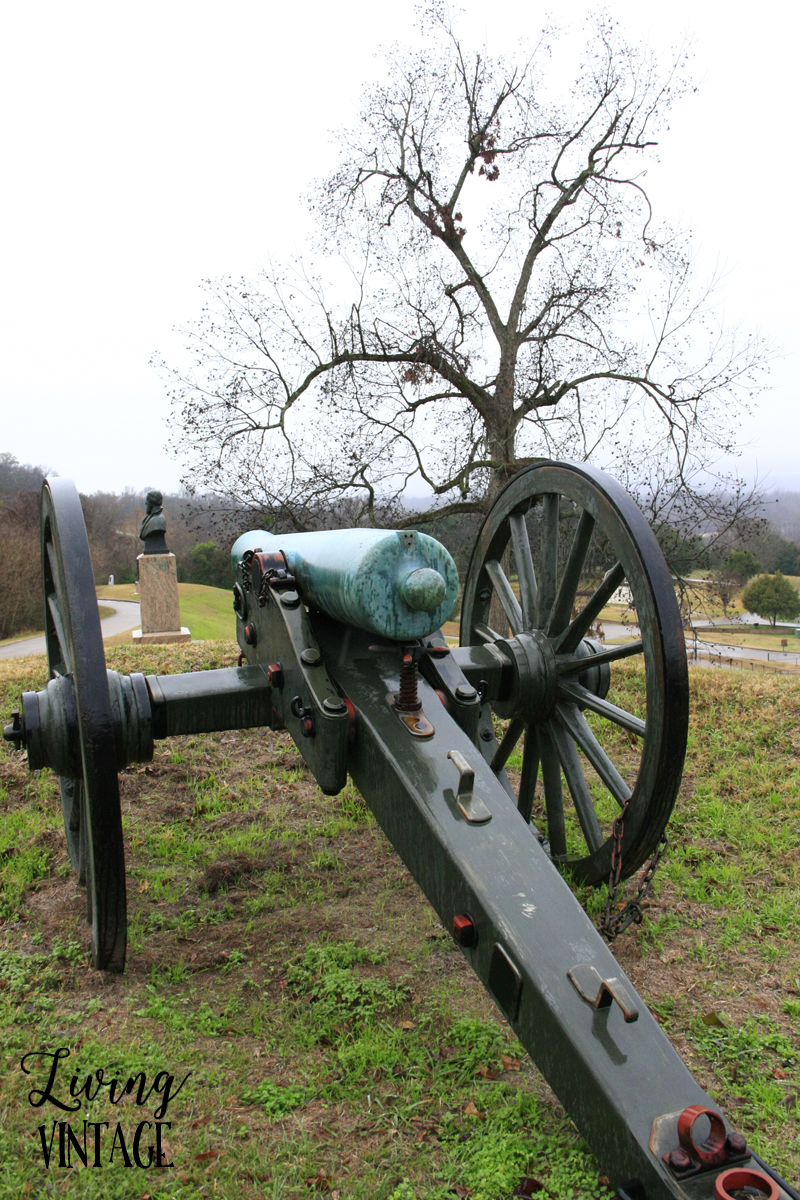
By this point, we were both feeling a little quiet and somber. And hungry. And damp. So we ate lunch and then we headed to Natchez. We checked into the bed and breakfast that Mark chose and explored Natchez a little bit before nightfall.
Before I end this post, however, I want to share some Photoshop creations that my very talented, professional photographer husband wanted to share of our special day in Vicksburg.

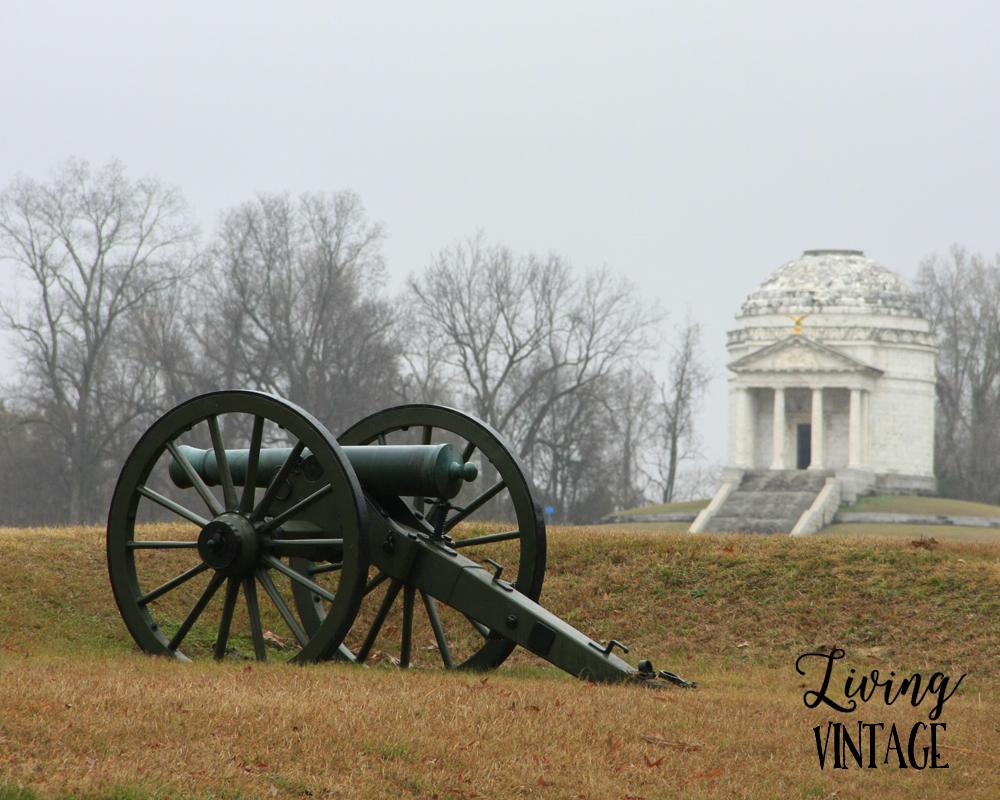
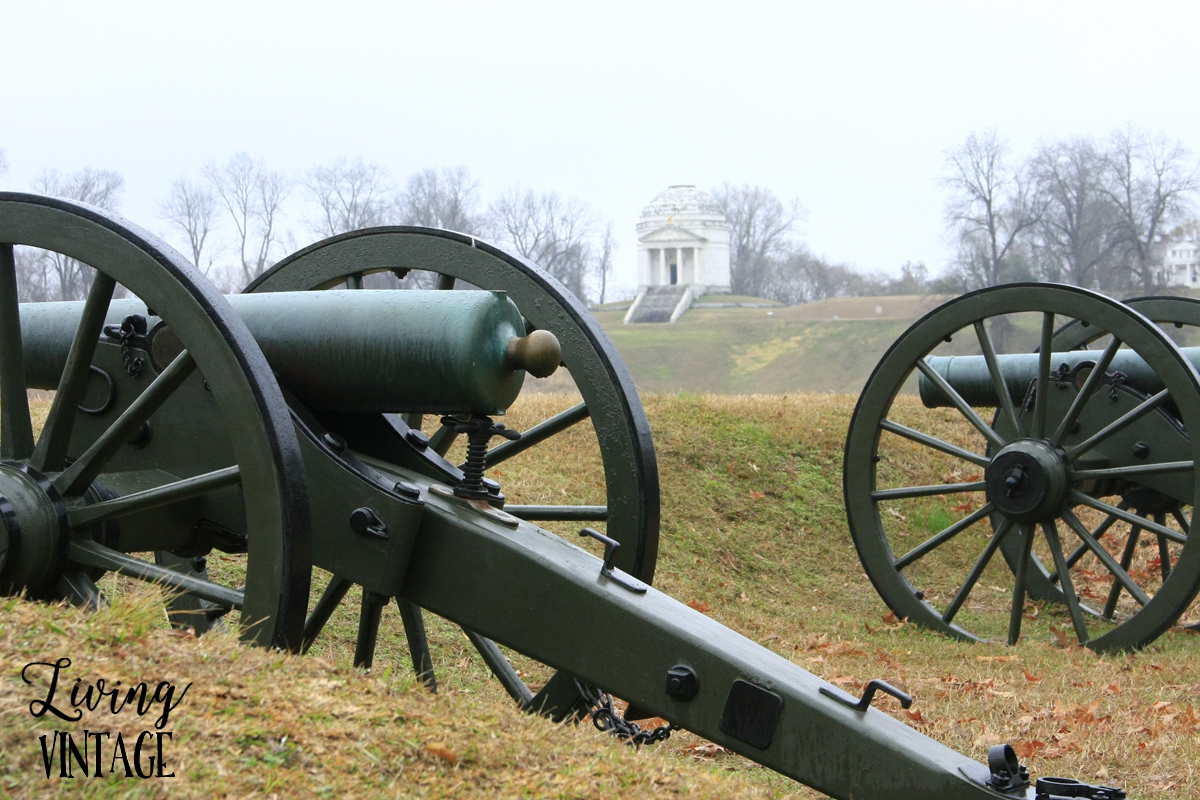
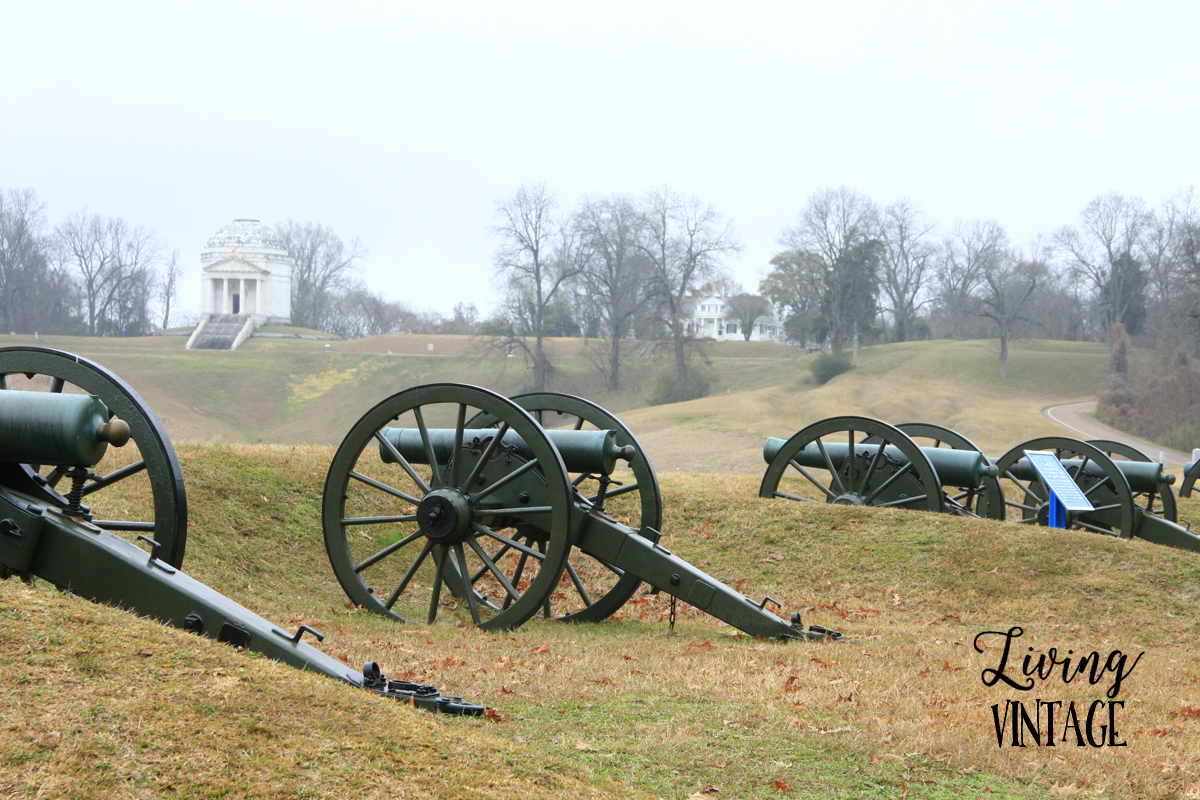
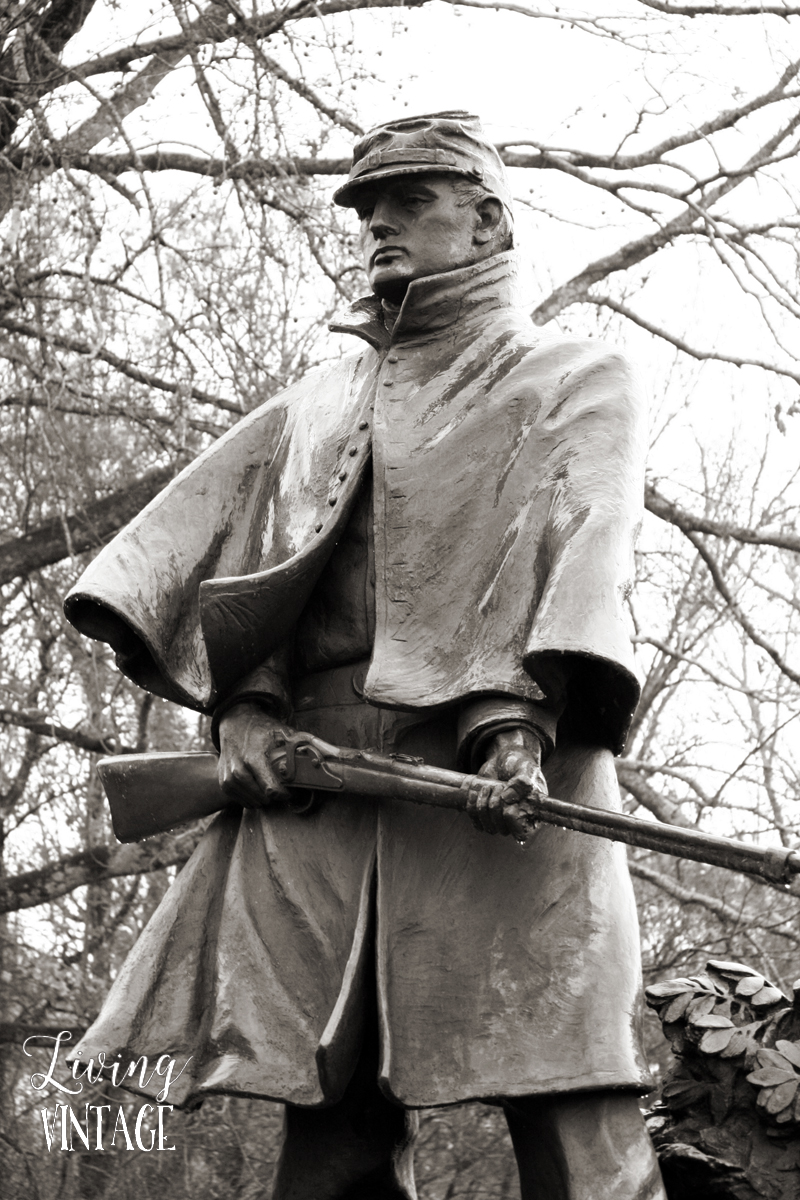
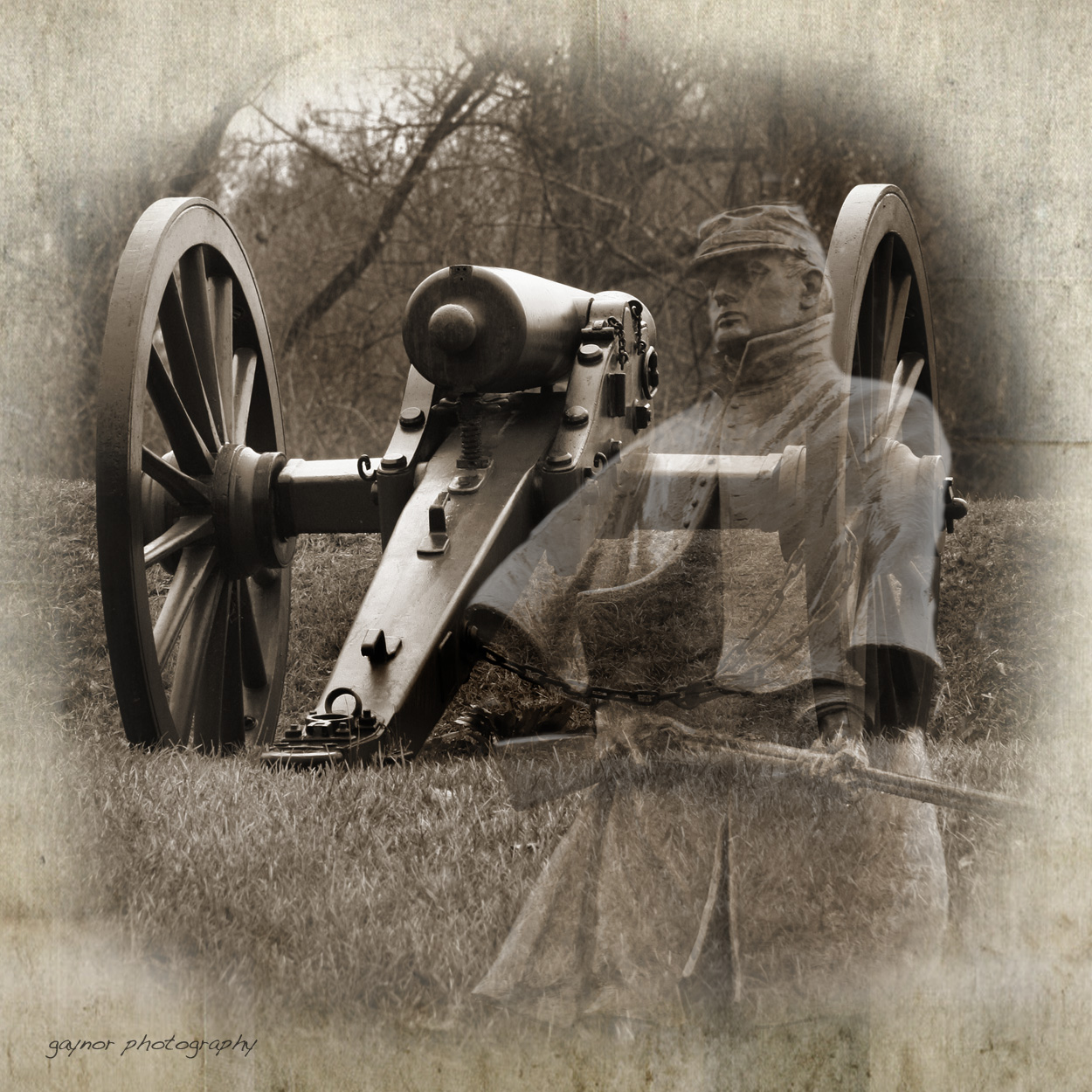
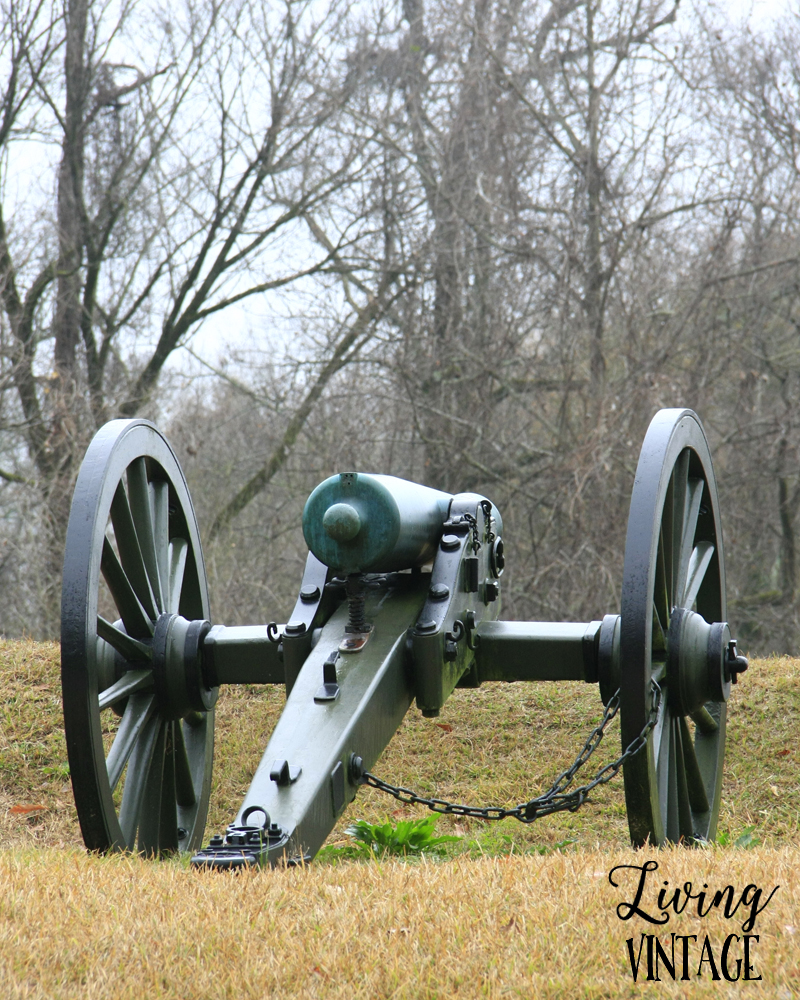
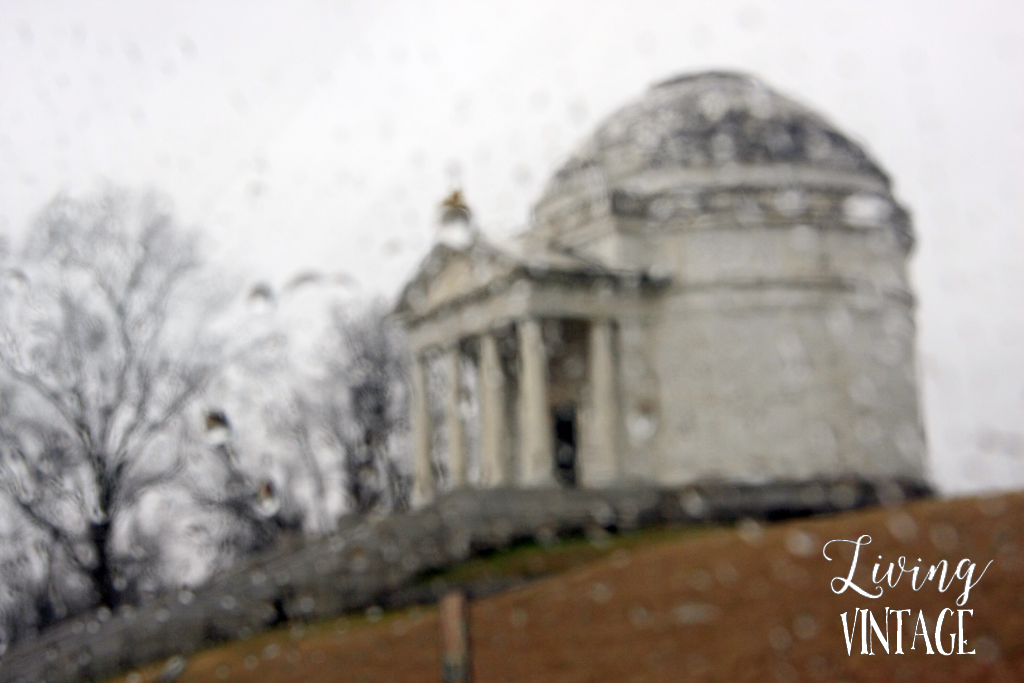
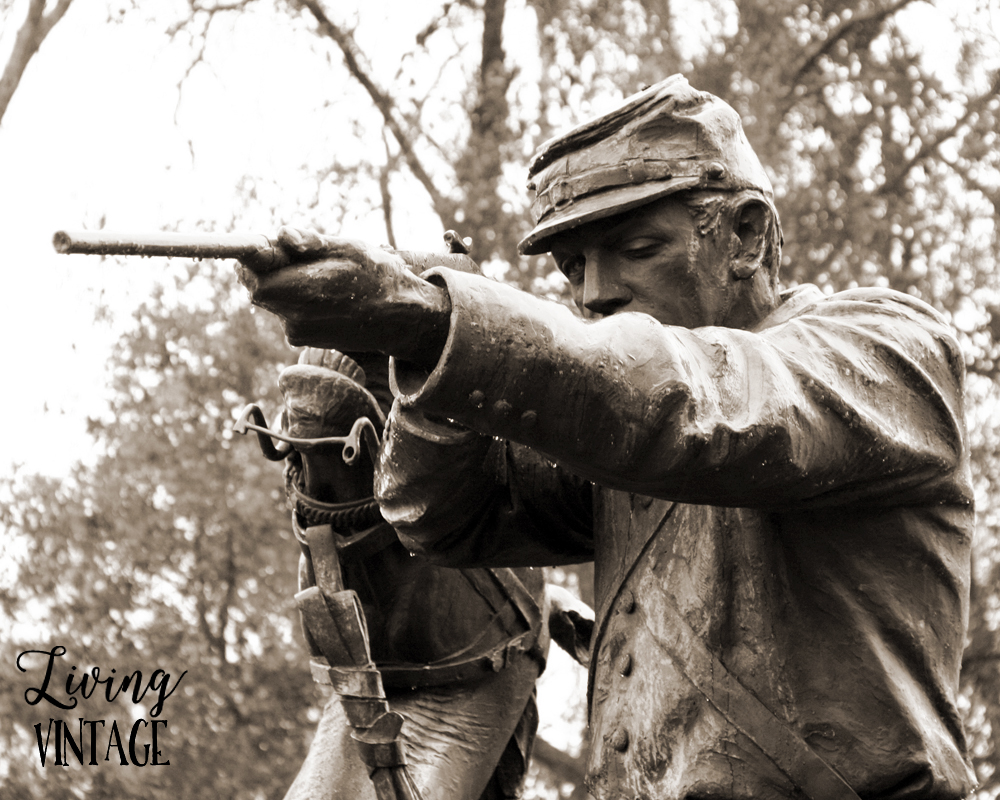
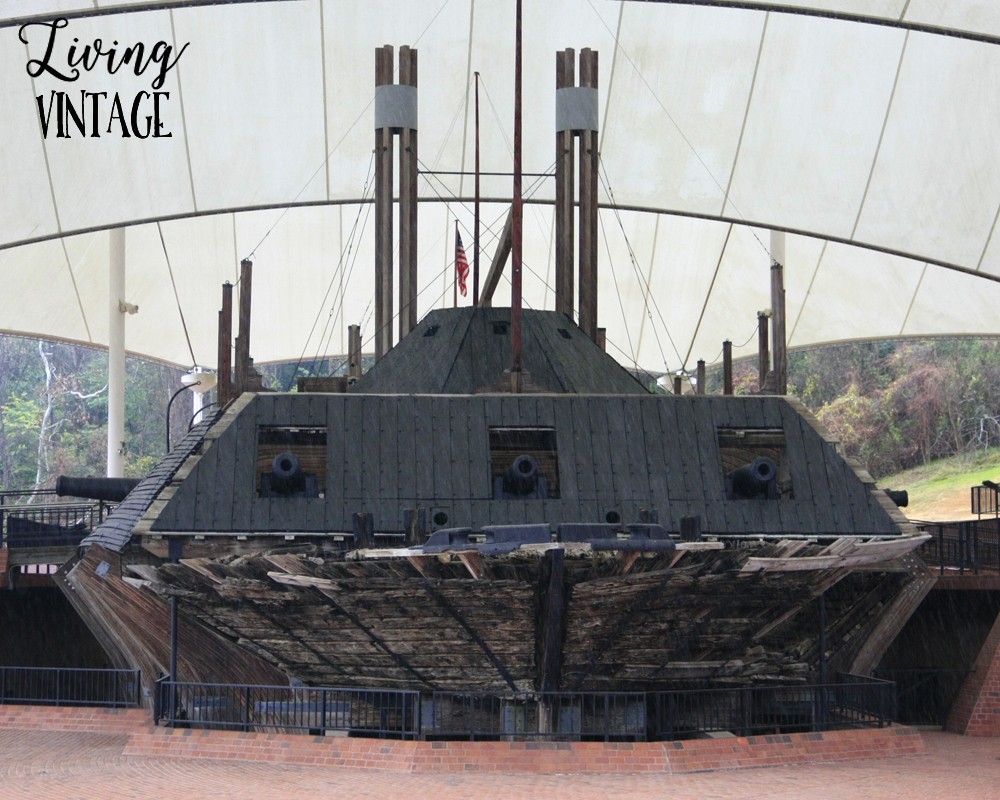
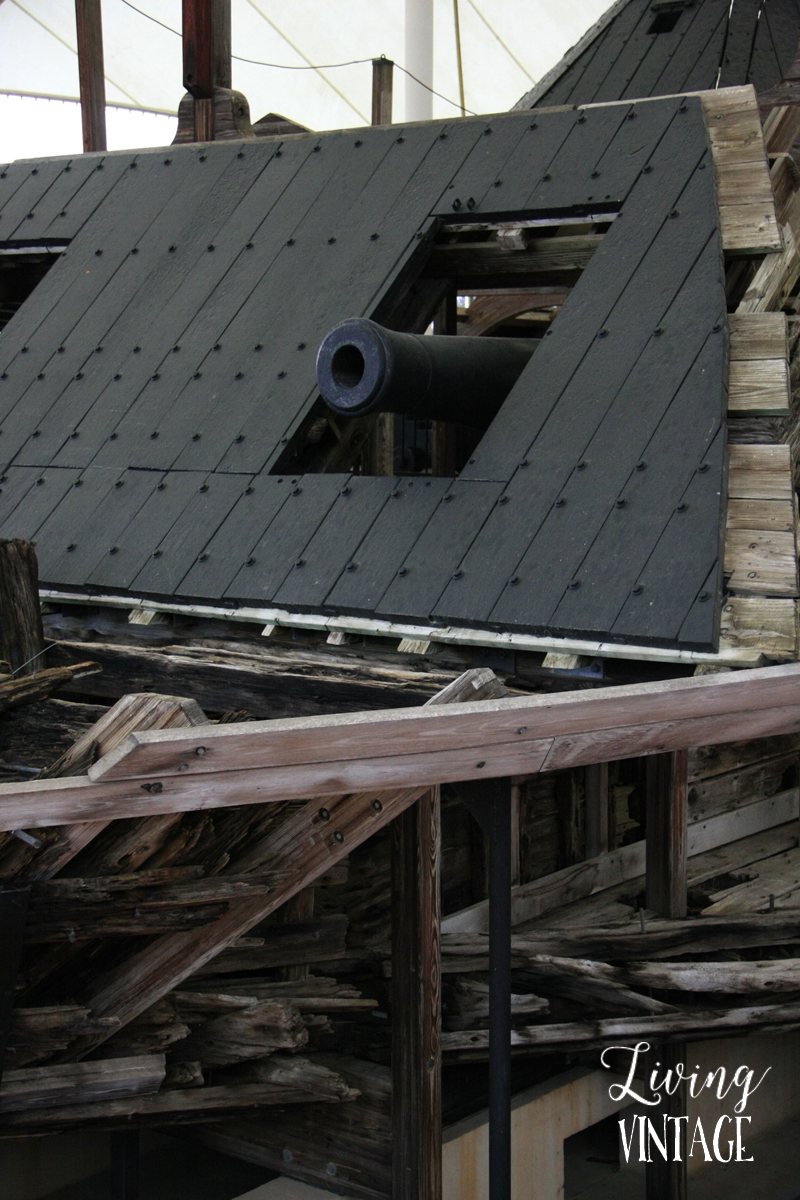
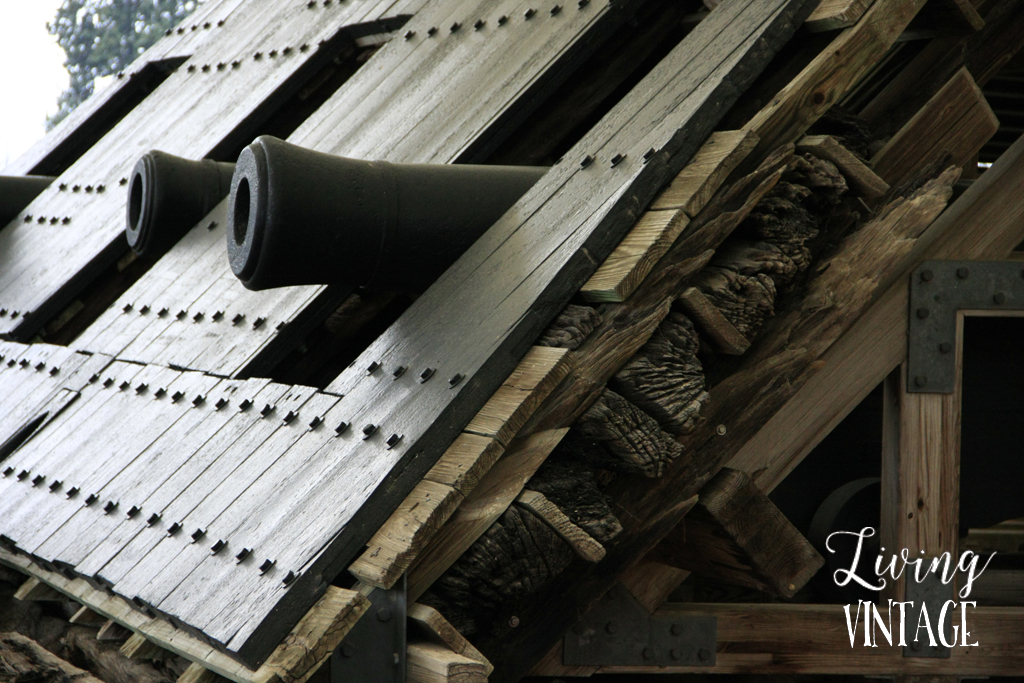
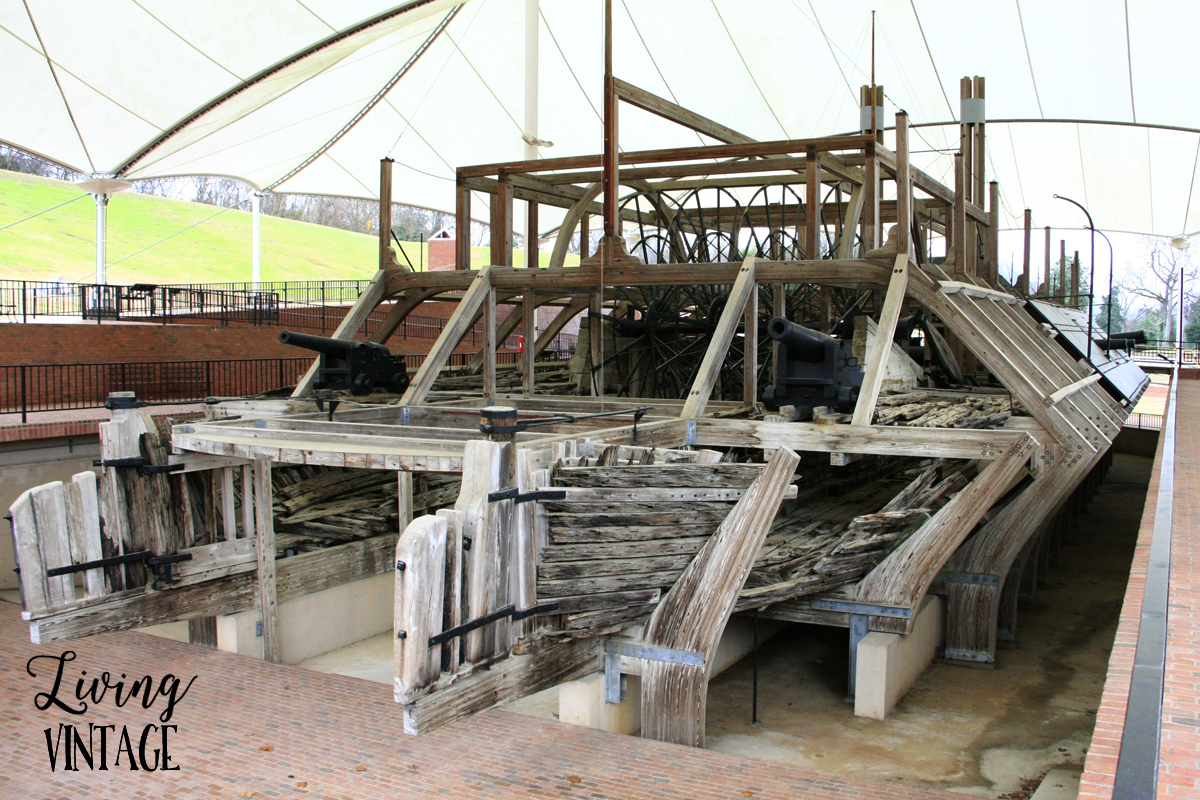
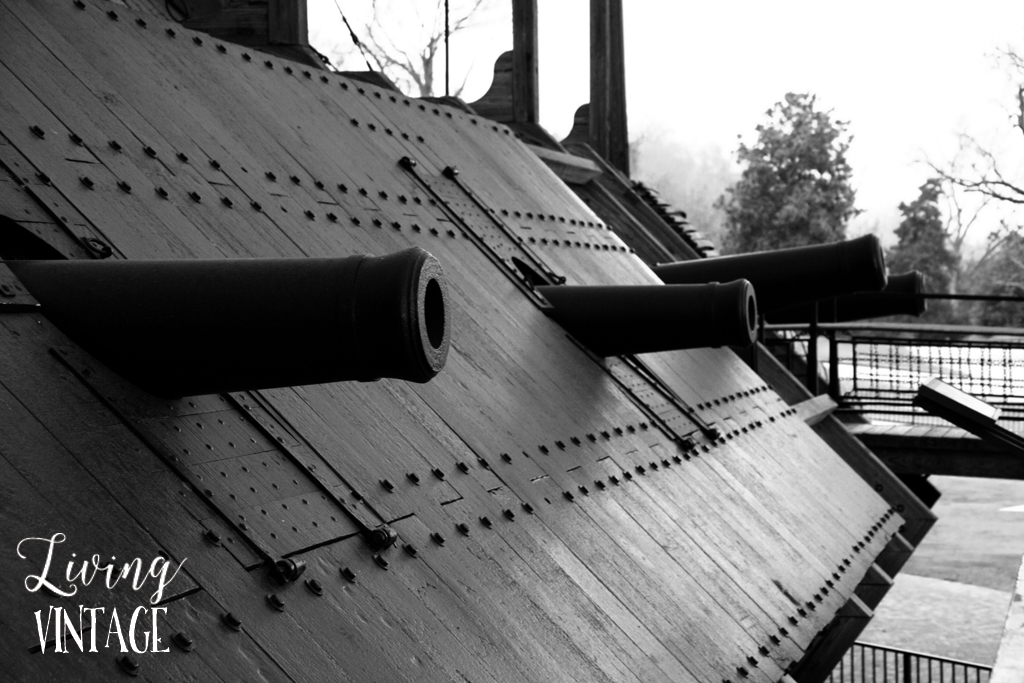
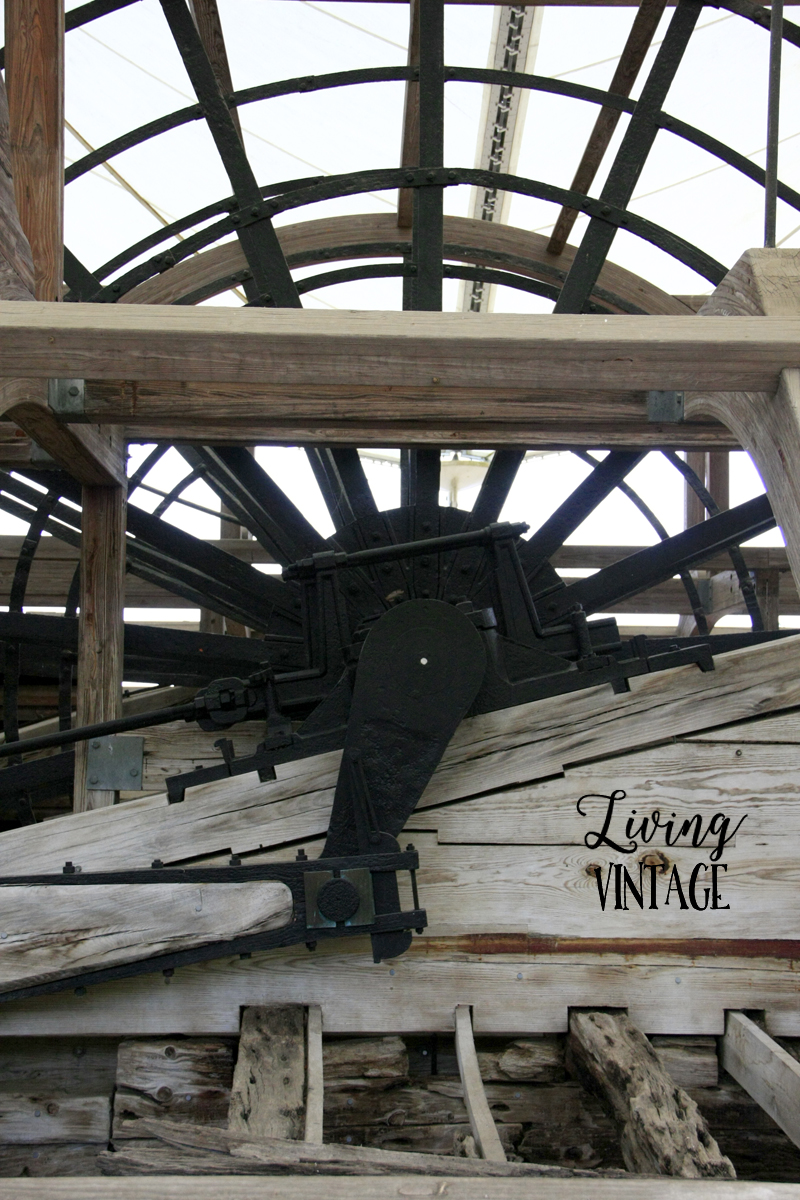
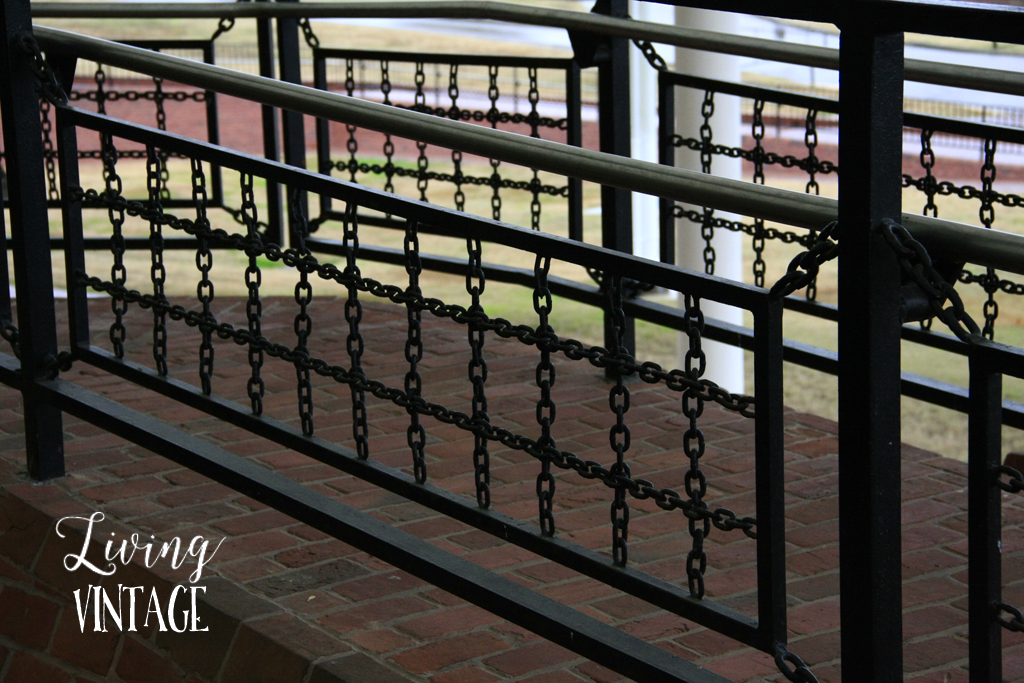
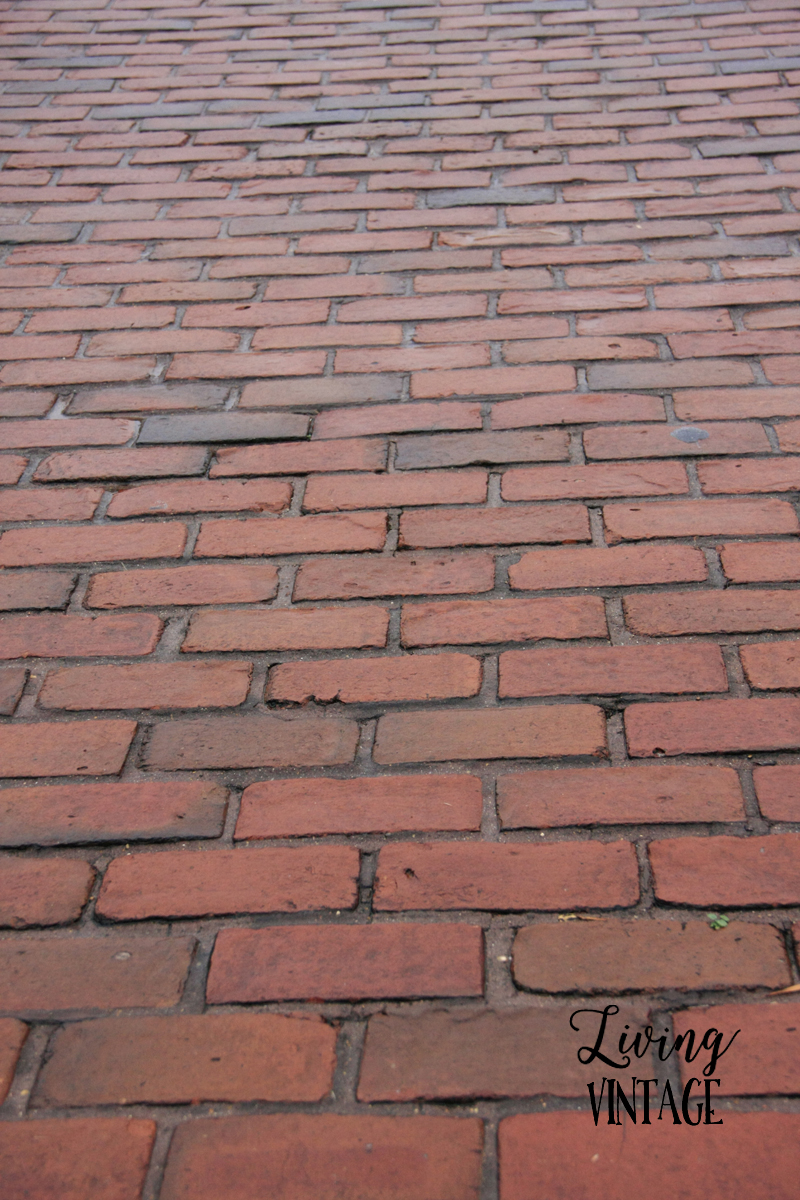
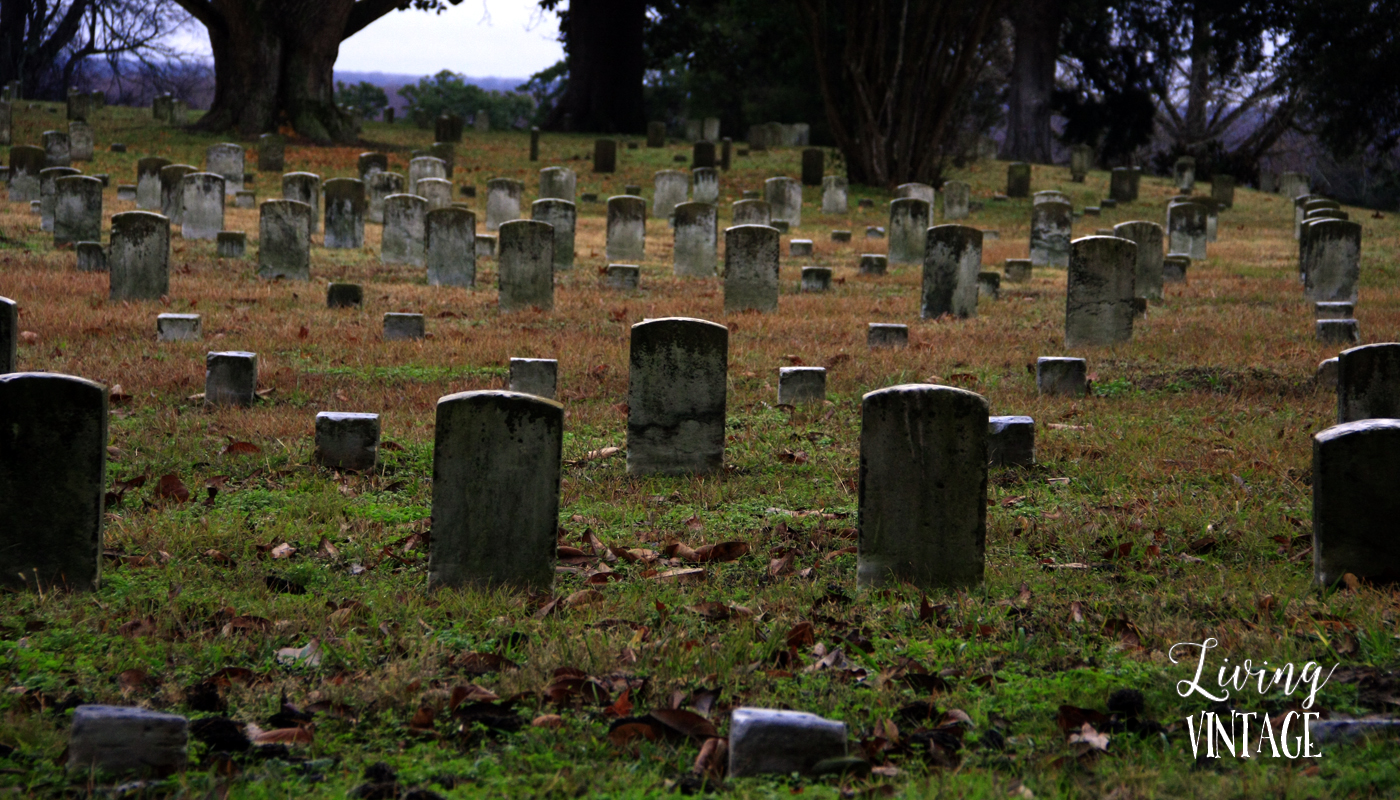
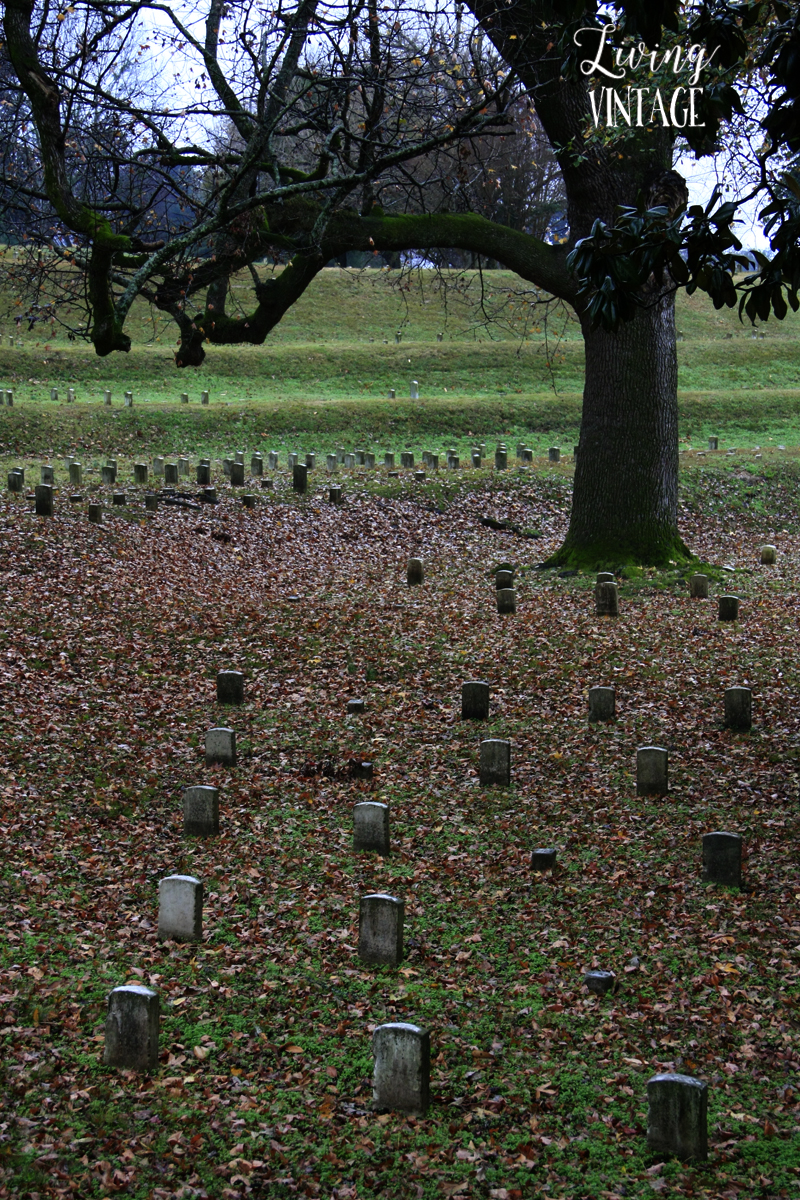
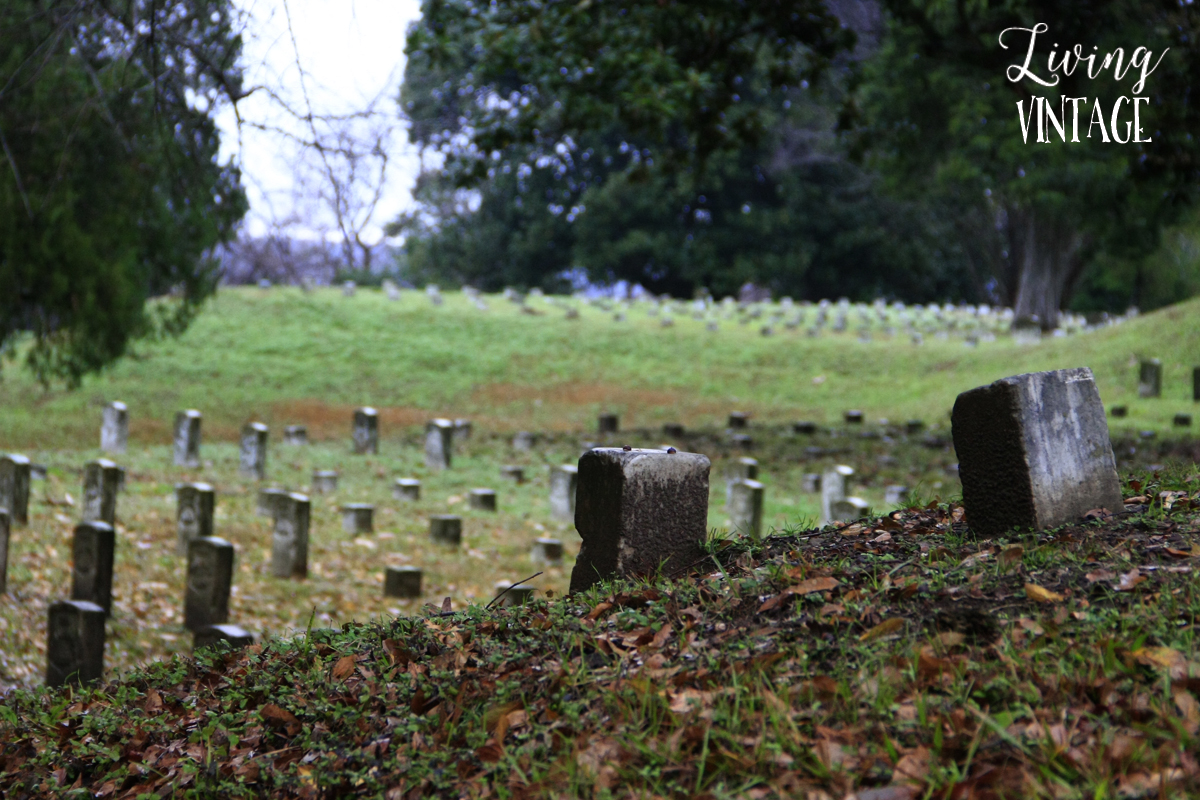
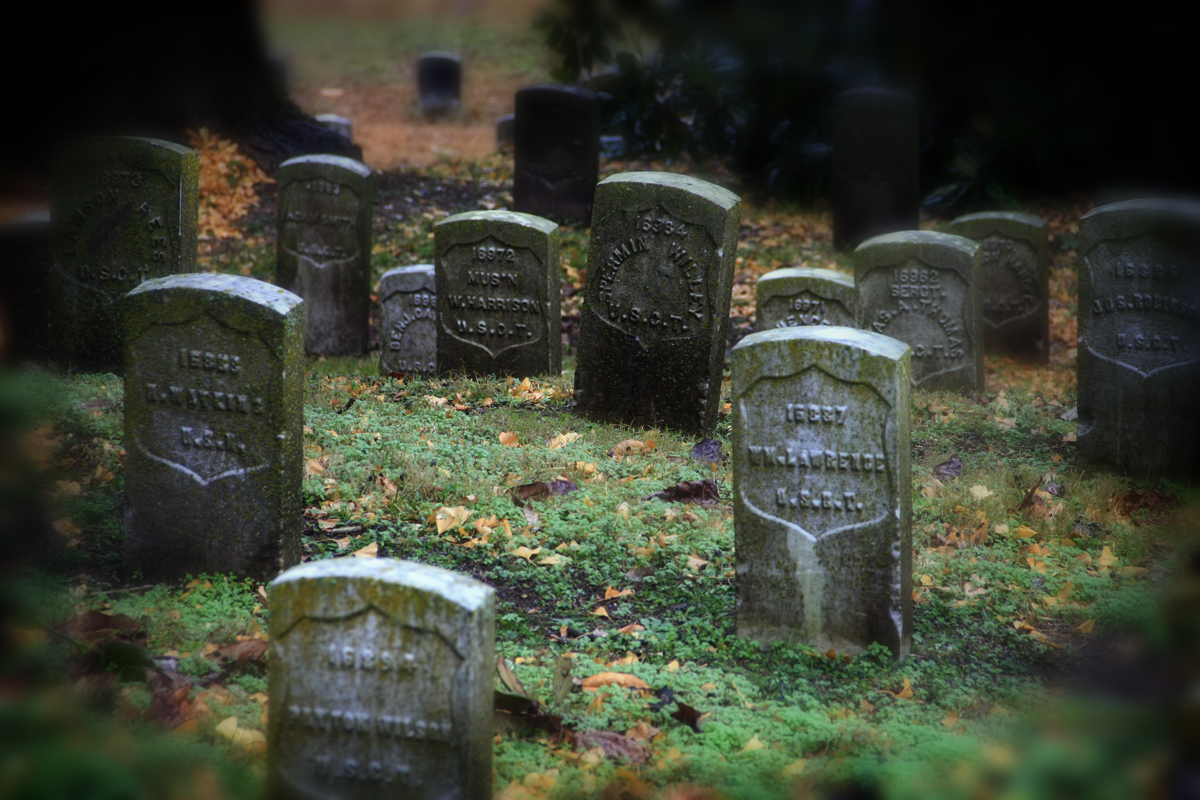
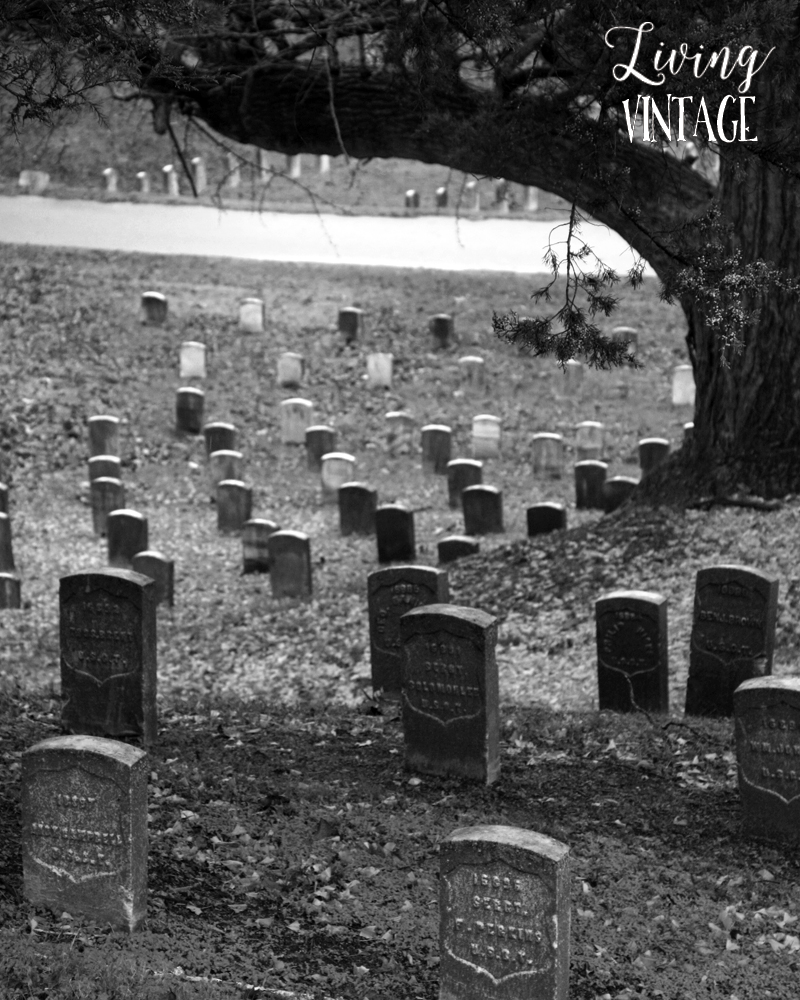
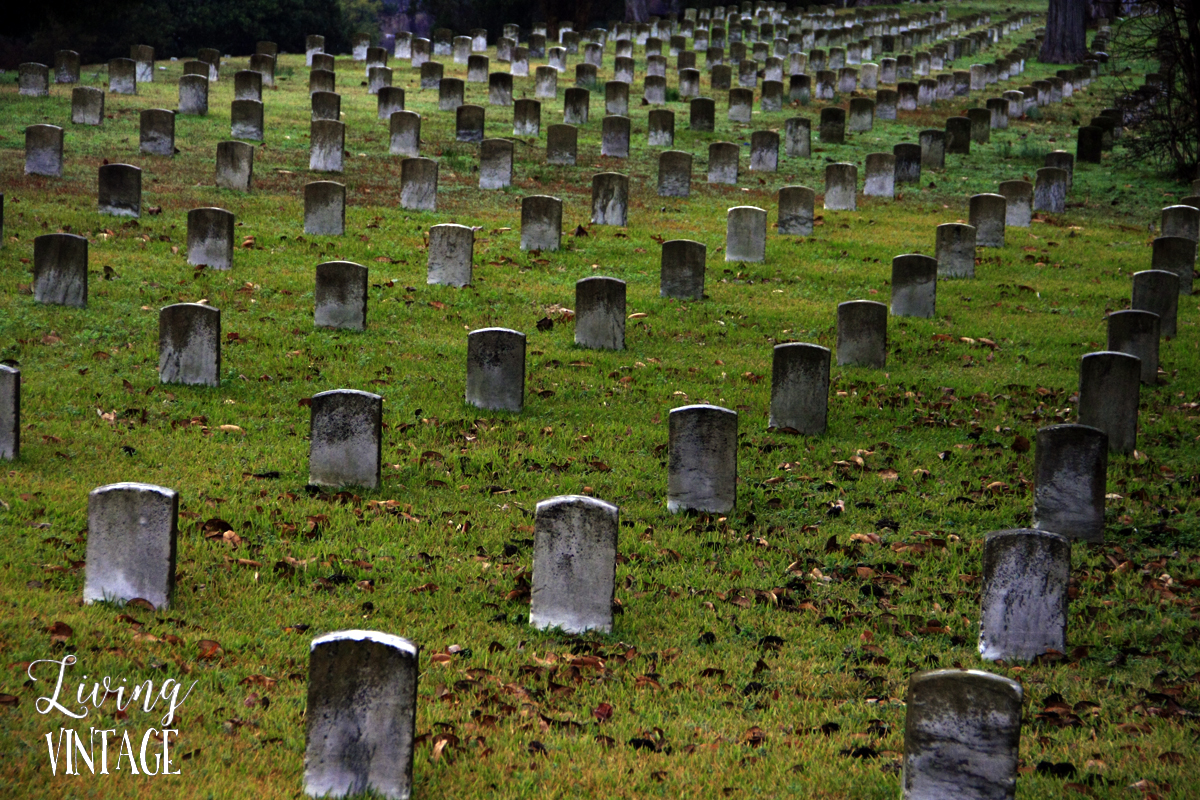
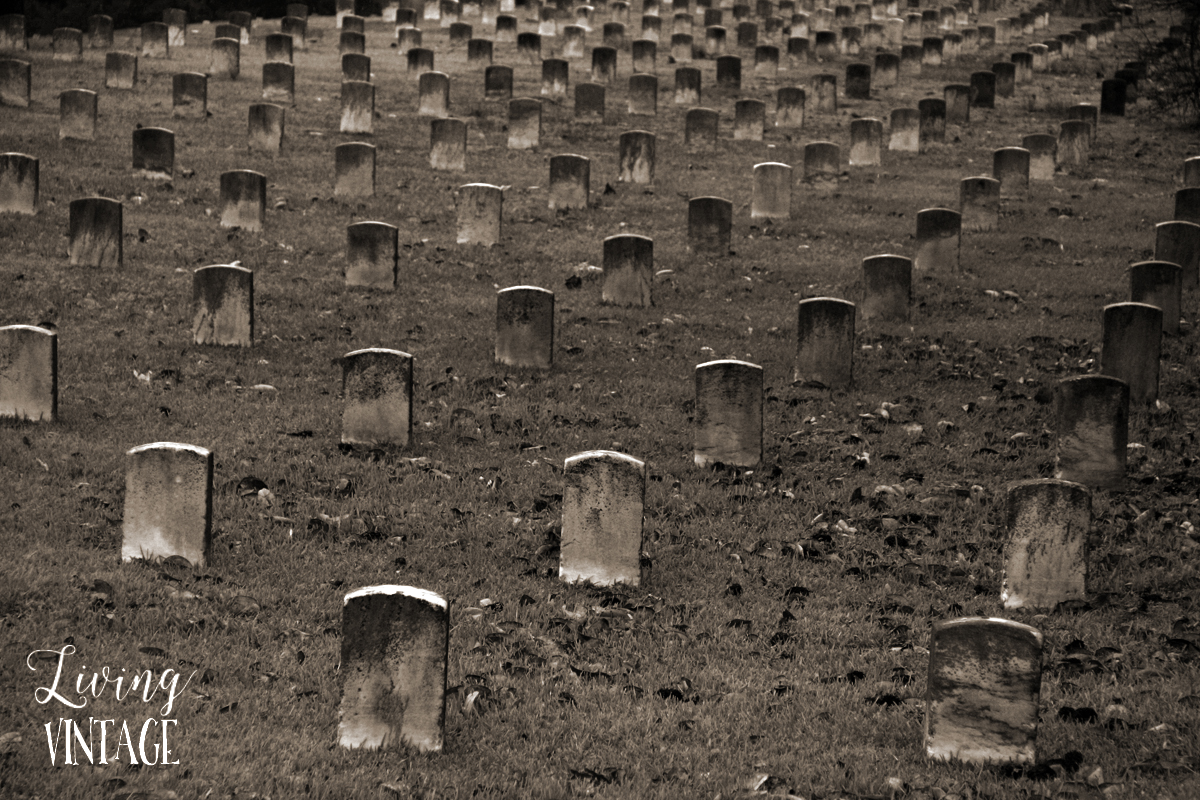
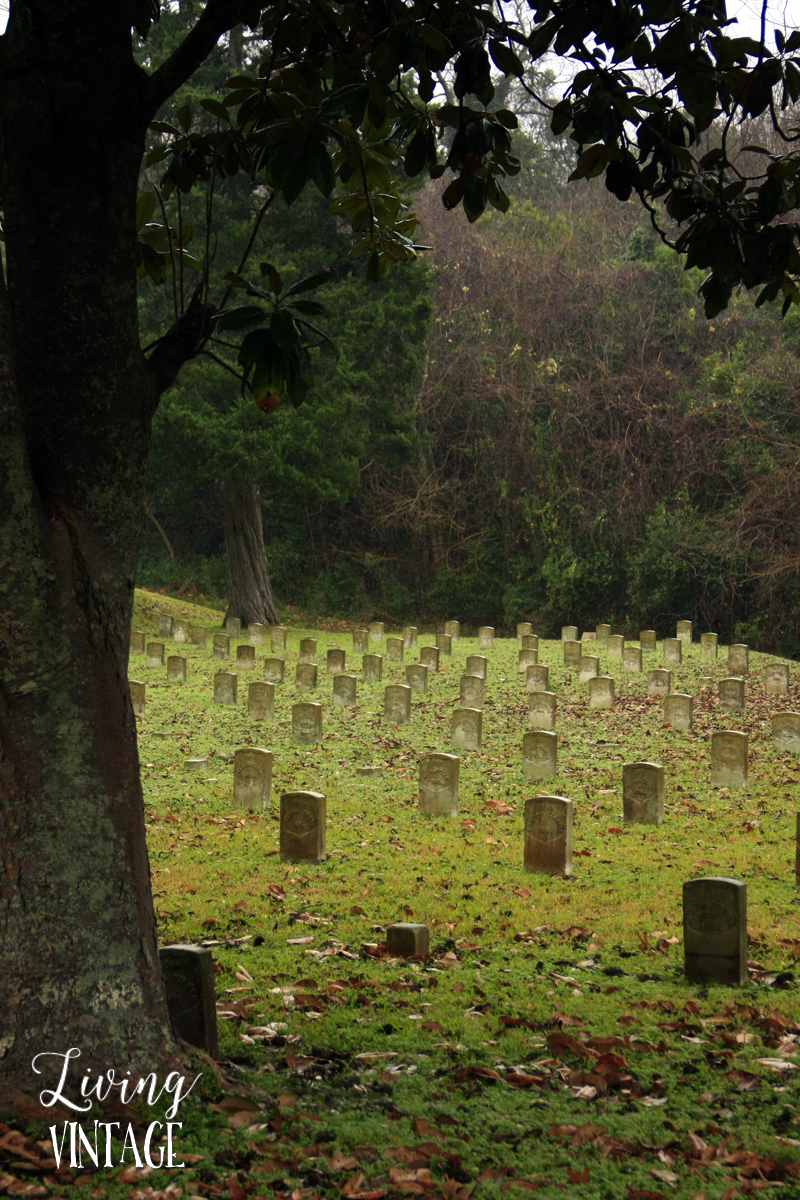
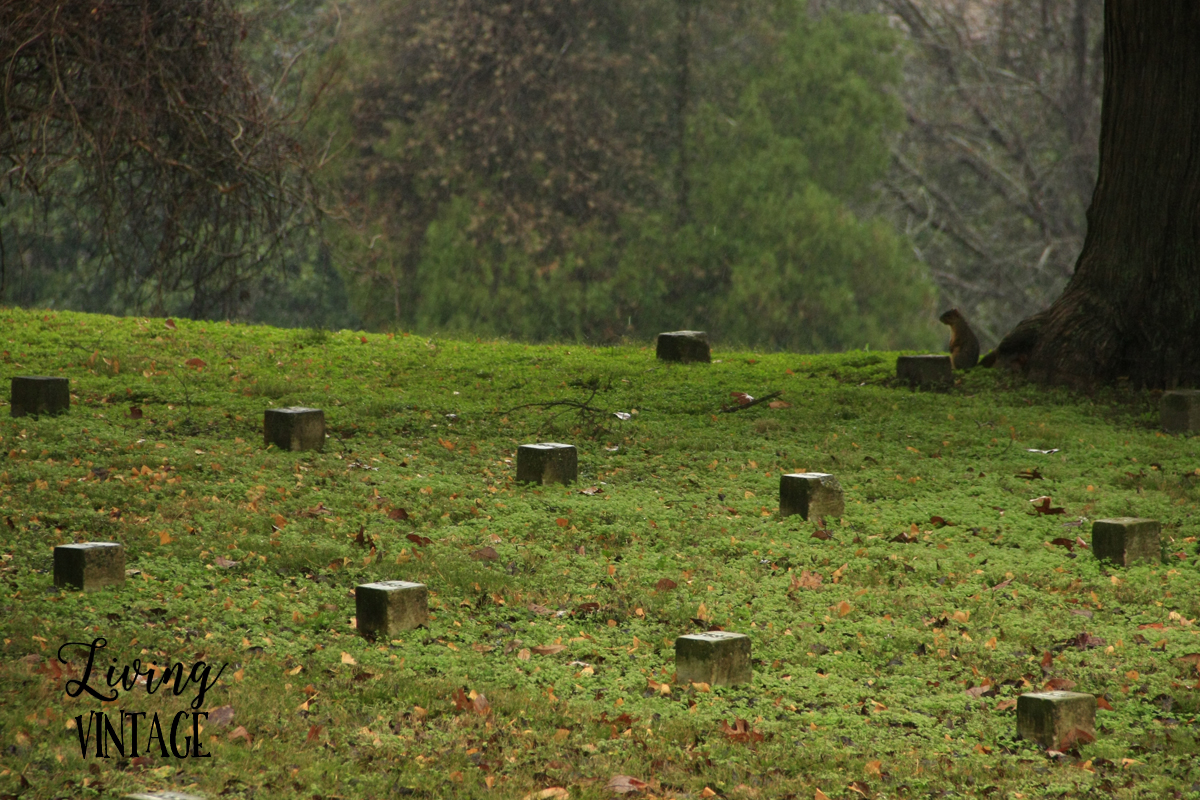
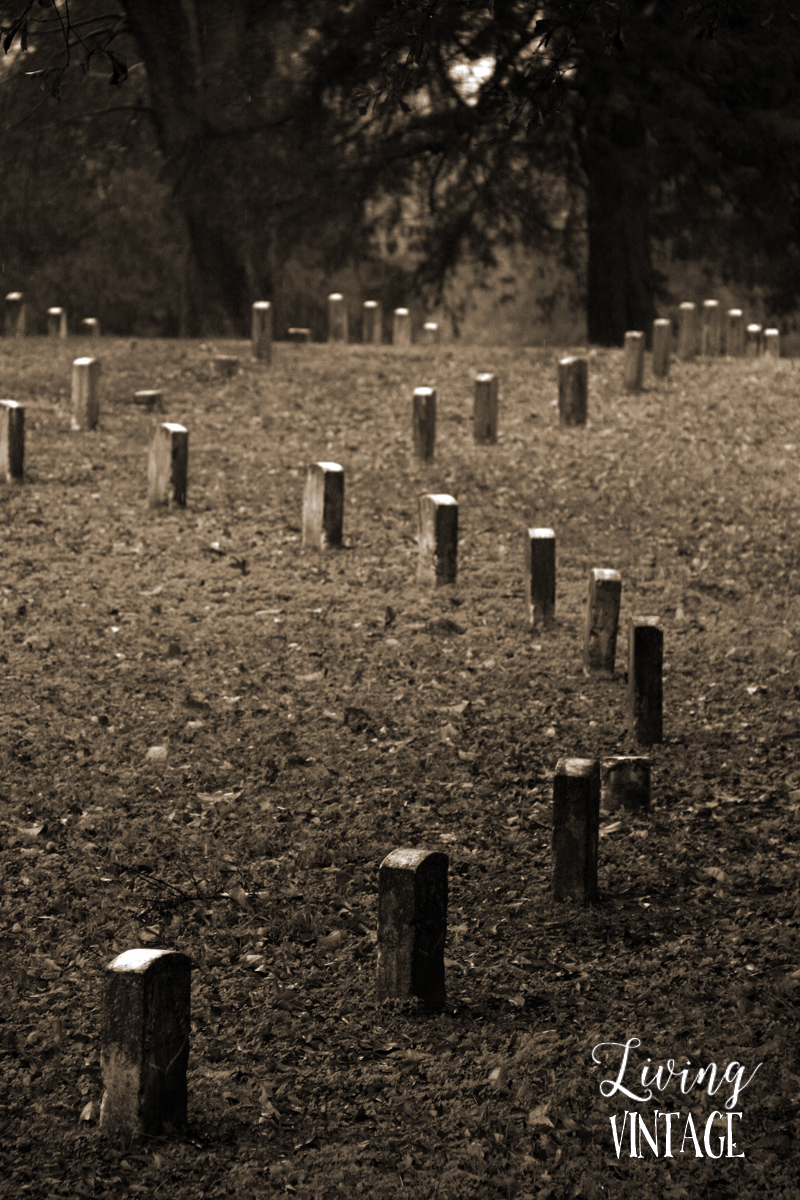
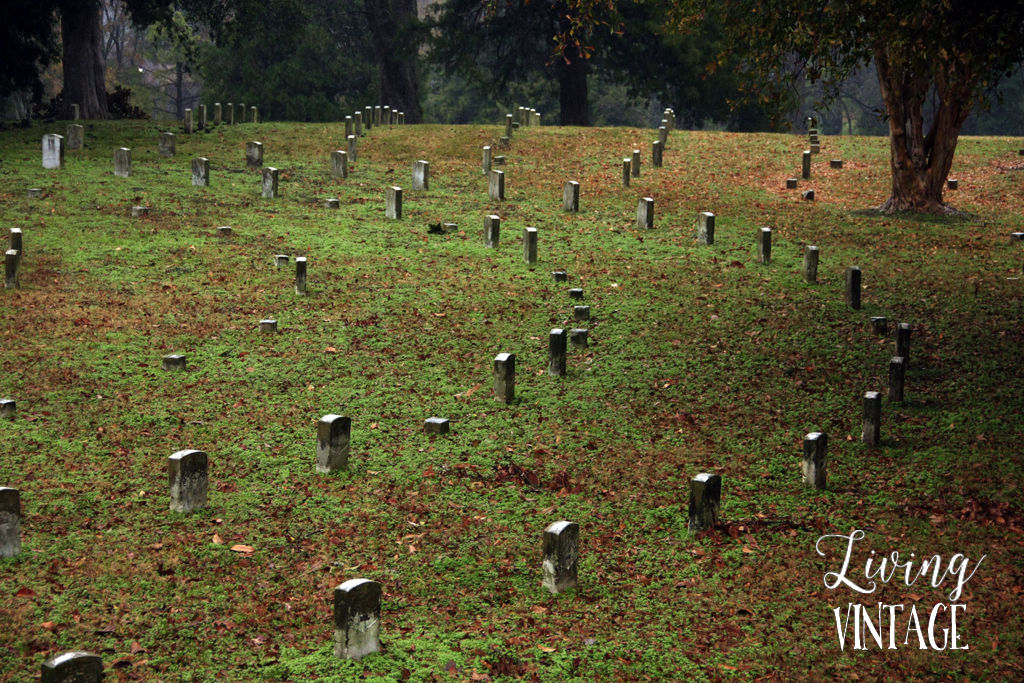
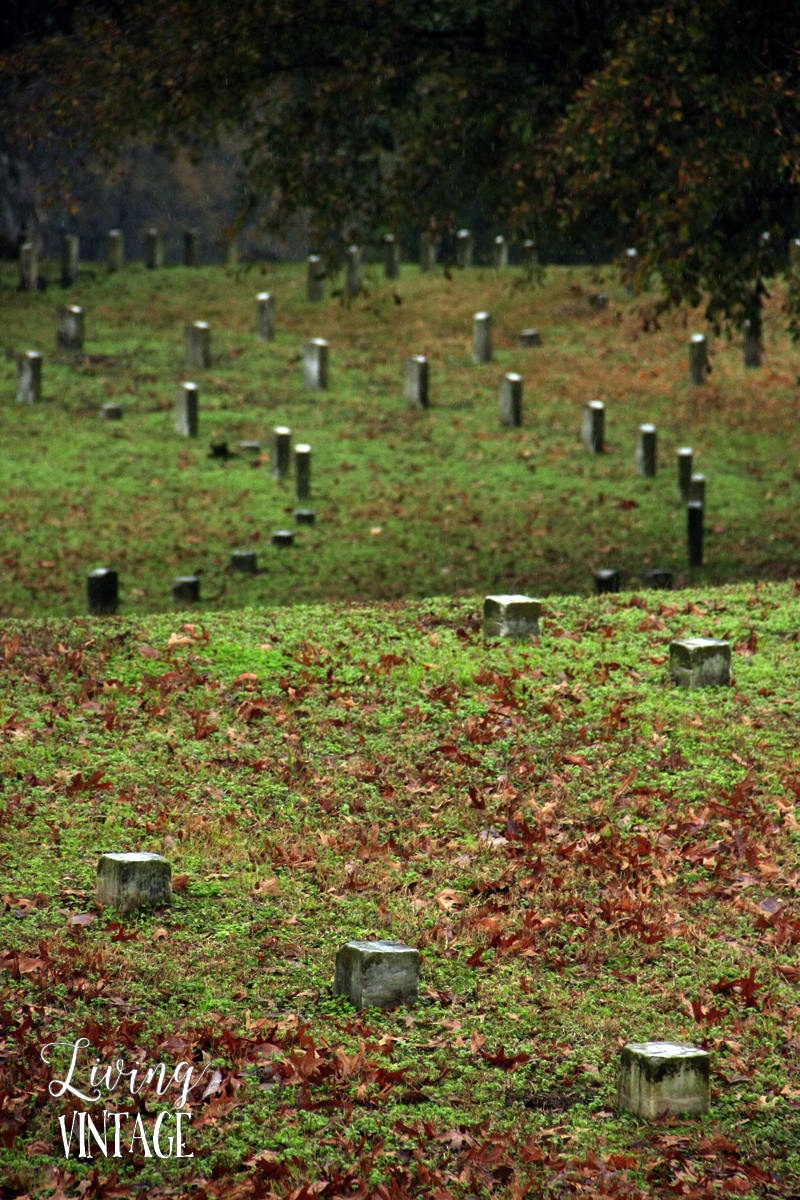
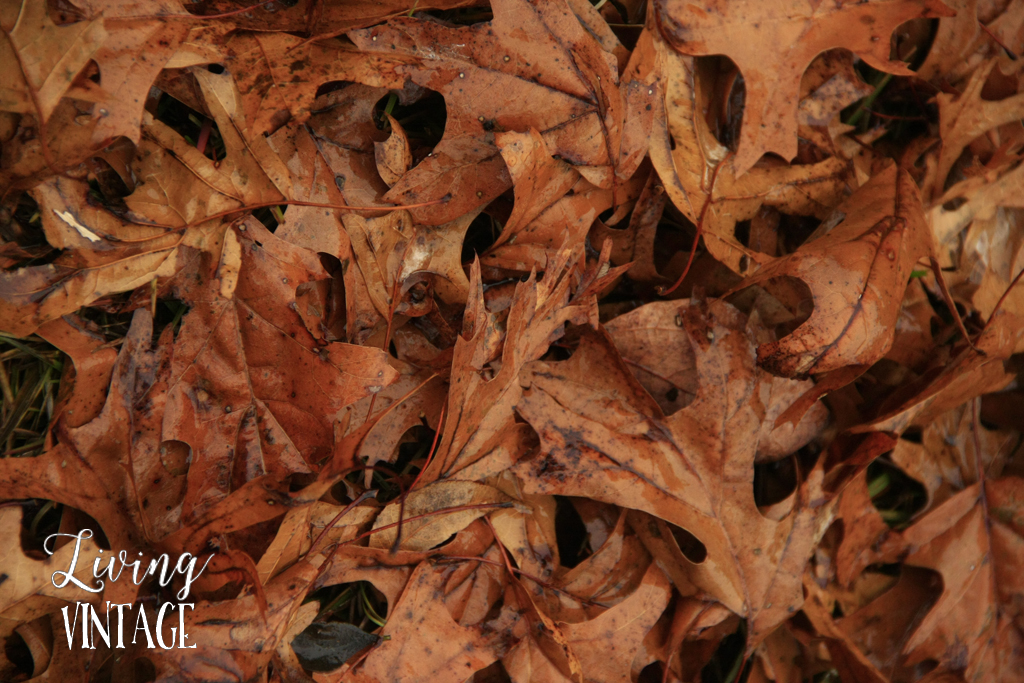
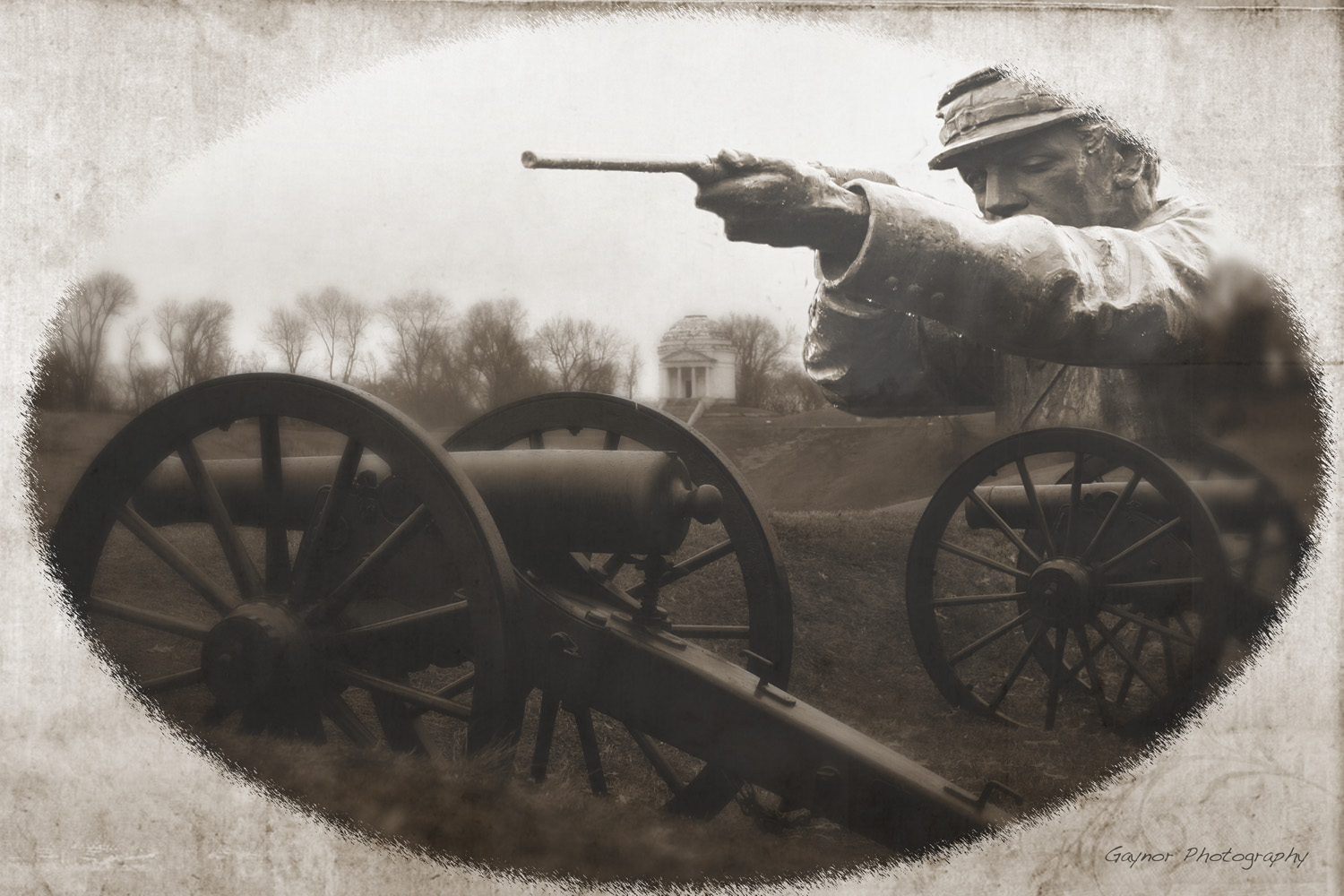
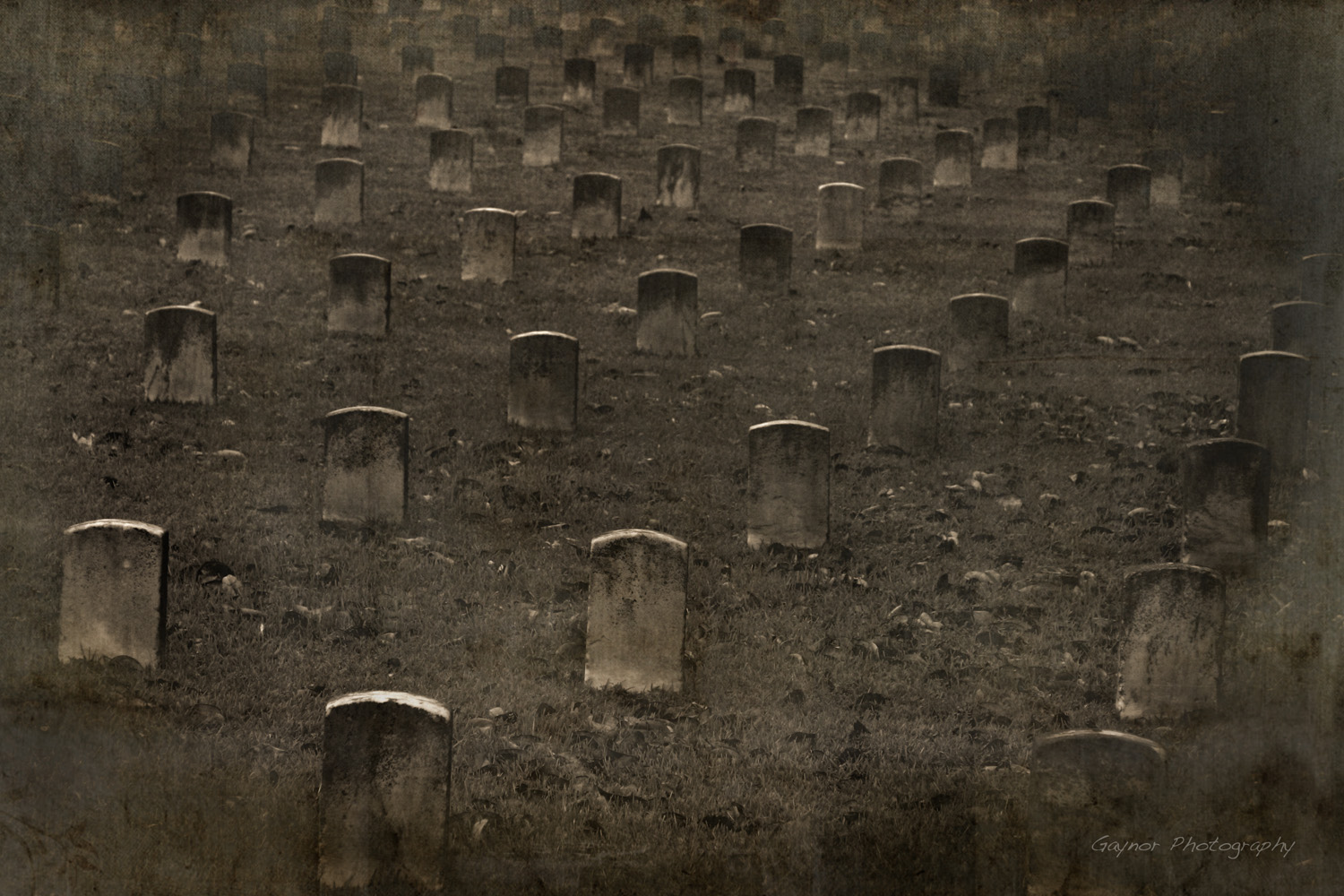
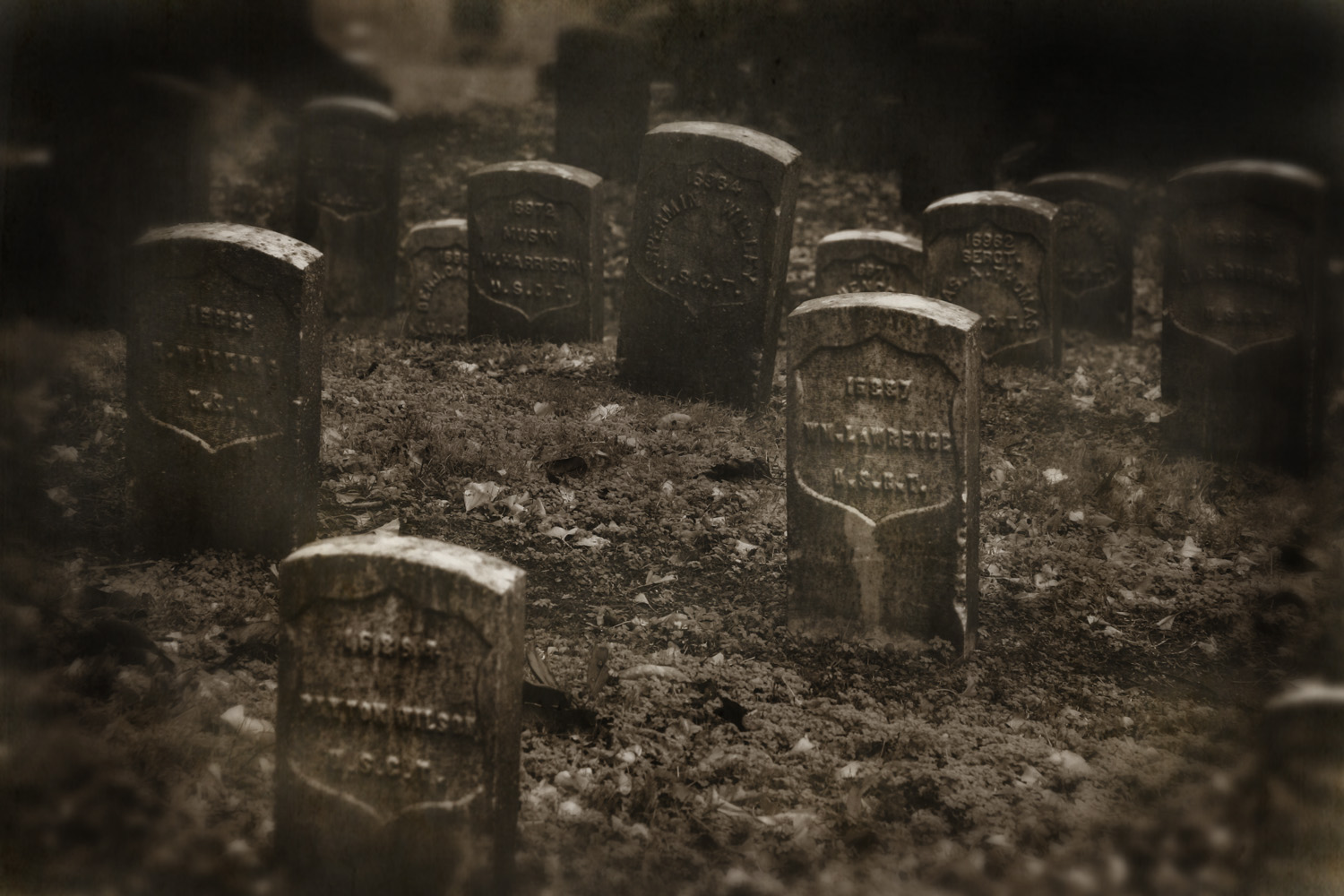
Very nice photos. You should try to come back to Vicksburg sometime when they are doing the re-enactments at the park. My son used to work there as a youth. They dress in period costume (wool socks etc…) & are not allowed to have anything on the field that is not true to the time (no cell phones or even a wrist watch). All that in the 100+ degree weather. It is very interesting & insightful show especially when the cannons are fired!! 🙂
When I saw the name Gaynor, I didn’t even recognize it as yours, but was drooling over the first double exposure image. What a great park and history within! The weather was perfect for the setting, this pictures all remarkable. Our state of West Virginia was one of two created during the civil war (the other being Nevada). Our state was officially recognized separate from Virginia on June 20, 1863. Given how divided our country is now, even among family members, it certainly gives pause to the thought of folks back in that era of the Civil War. West Virginia was a state where, literally, one family member could have been fighting for the North (WV), while another fought for the South (VA). Can you imagine?
A fun fact: Ann Reeves Jarvis of WV is credited with the precursor to what is known today as Mother’s Day. Her daughter, Anna Jarvis, worked to have Mother’s Day proclaimed as a national day in memory of her mother, and by 1914 it was signed by Pres Woodrow Wilson. In pre-Civil War years, Ann first started a Mother’s Day Work Club on Sundays to teach mothers how to care for their children; then, after the War in 1868, she made it a Mother’s Friendship Day club to promote reconciliation among torn families who fought against each other.
Thanks for sharing this, Kim (& Mark). It was very interesting.
Thanks for that info !interesting !
Amazing and sad photos ! We continue the war in our nation as we speak !
Thank you for taking us on your trip. Going to some of the civil war battlefields is high on my list of future trips. The photos of the gravestones were quite eerie and sombering…the grey day being the perfect back ground.
Thank you for sharing all the beautiful images–even though they are depicting a very dark, sad time in our history. There is still beauty in the natural surroundings and the relics which are exhibited. The skill and sensitivity of the photographer(s) is very evident. I have never been to Vicksburg and I don’t imagine I will ever go there, but because of your sharing your trip I have a bit of an idea of what it is like there where devastating battle took place. Thanks again!
Your photos bring back some wonderful memories! In 1995, we took the kids to Vicksburg for vacation during spring break. It was a wonderful trip! And the kids really enjoyed it. I found out years later that I have a great-great-great-grandfather who died at the battle of Vicksburg in 1863. His son died in Richmond, Virginia in 1862.
Great photographs. Thank you.